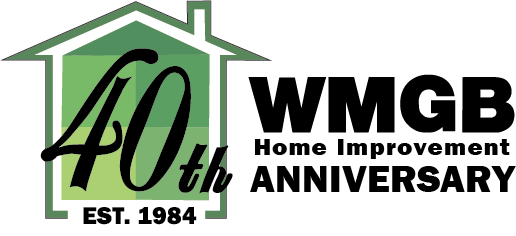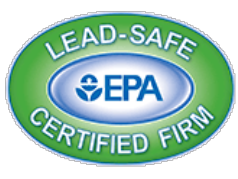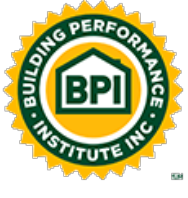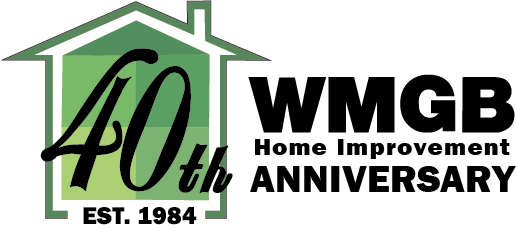
If you’ve ever experienced indoor drafts, whether it’s freezing cold air in the winter while you’re trying to stay warm or sweltering heat on a late summer day, your comfort issues can likely be traced back to your home’s poor energy efficiency.
To properly improve a home’s energy efficiency, home performance companies like WMGB Home Improvement rely on their background in building science. Building science draws on knowledge from technical fields like physics, chemistry, engineering, and more to help homeowners lower heating and cooling costs and create a more comfortable and healthier indoor environment.
Today, we’re going to focus on one of the most important ideas in building science, “the stack effect.”
What Is the Stack Effect?
The stack effect is the movement of hot indoor air during the winter season as it rises up to the top floors or attic of a building and escapes, while cold outdoor air enters to replace it at the bottom levels.
Air moves in this direction because of pressure differentials between the air inside your home and outside it. Colder air has a higher density, so less dense warmer air rises above it. The stack effect is most pronounced in the middle of winter, when there’s the largest difference in temperature (and density) between the cold outside air and the warm indoor air.
Unless your home is completely airtight (and your home is almost certainly not—the typical home loses 25-40% of the energy used for heating and cooling through air leaks), that warm air will escape your home through cracks and gaps in your building envelope near the top of your home, while cold outdoor air enters through air leaks in the lower areas of your house.
Reversing the Stack Effect in the Summer
While the typical stack effect definition refers to the movement of air in the winter, during colder weather, this same building science concept can also occur in the summer. This is usually referred to as the reverse stack effect, since the process is switched: denser cool air from inside your home falls and leaves through leaks in the bottom of your home as warmer outdoor air enters through the top of your house to replace it.
The stack effect is usually not as pronounced in the summer as it is in the winter, however, because there tends to be less temperature differential between the interior and exterior of your home.
How to Fight Back Against the Stack Effect with Air Sealing
The greater the stack effect is in your home, the more energy will be wasted as it escapes. You’ll actually be able to feel indoor drafts, and your heating and cooling systems will be forced to work overtime to maintain the temperature they’re set to.
To reduce the stack effect in your house, increase energy efficiency, and minimize energy waste, you’ll want to seal up those air leaks and make it harder for indoor air and heat to escape and outdoor air to get in. This is accomplished through professional air sealing with spray foam insulation by an experienced home performance contractor like WMGB.
Not only will attic insulation and air sealing reduce the stack effect in your home, lowering your heating and cooling costs, but they can also help improve your home’s indoor air quality by helping to prevent the infiltration of outdoor air pollutants.
Schedule a Home Energy Audit with WMGB Home Improvement Today
The first step towards air sealing your home is conducting a home energy audit. Using a combination of building science technology including blower doors and infrared thermal imaging, as well as the experience of our energy auditors (combined, our team has performed over 6,000 energy audits across Wisconsin!), WMGB will inspect and evaluate your home’s energy efficiency. We can pinpoint the locations of significant air leaks and use our findings to recommend the energy efficiency work that will have the greatest impact on your home comfort, health, and energy bills.
Trust the local experts using real building science to solve your indoor comfort and energy efficiency issues. Call us or contact WMGB Home Improvement today to schedule your home energy audit.







